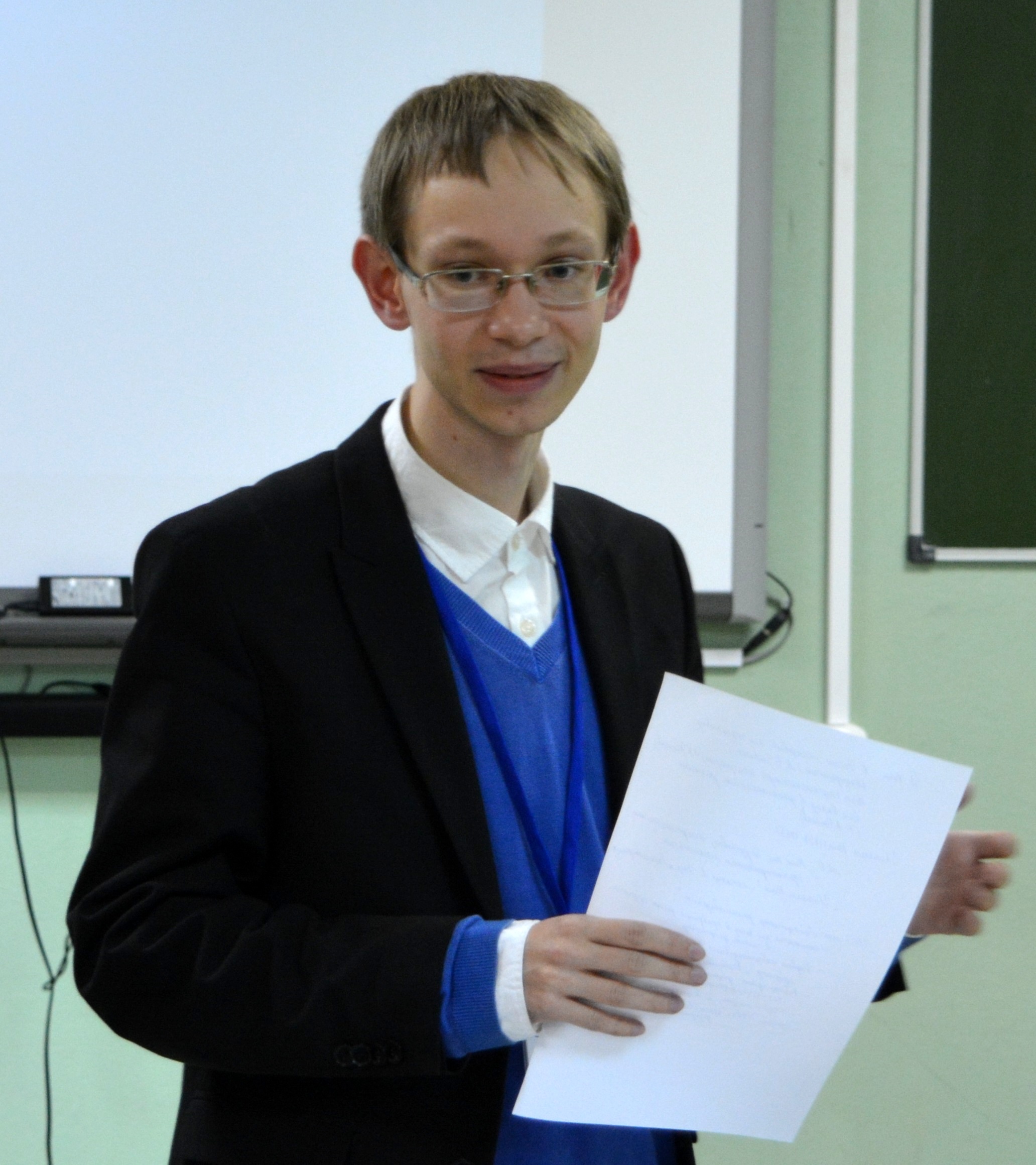The article deals with the problem of dialogue between the church and contemporary art in Europe on the example of art installations in church space. The author analyses works of three contemporary artists: Christian Boltanski (“Na” – Old church in Amsterdam, 2017–2018), Bill Viola (“Martyrs”, 2014–, and “Mary”, 2016–, St. Paul Cathedral in London) and Stefan Knor (“Himmelwerd’s”, Cathedral in Bamberg, Germany, 2012). Christian Boltanski uses the fundamental theme of human obliteration for his art, strengthened by the space of the cathedral, functioned a long time as a crypt. Bill Viola gives a new interpretation of traditional Christian images of martyrs and Holy Virgin. The technique of video-art makes images dynamic, so spectator can “live” in that space. Stefan Knor aims by the means of contemporary art to actualize the fundamental theological ideas, for example, the idea of stairway to heaven. For the best acceptance of his works he collaborates with church members. The author claims that these artists become the religious owing to such characteristics as depth and sincerity in the interpretation of fundamental anthropological problems and the absence of irony (which is frequent for contemporary art). The article’s author shows that the interiors of the churches can harmoniously accept the works of contemporary artists, provided that the artists have to respect the religious traditions and sacred space of these churches.
Key words: church space, religious art, contemporary art, existential themes in the art, modernization of Christian art, art installation, videoart, Christian Boltanski, Bill Viola, Stefan Knor
DOI: 10.22250/2072-8662.2018.2.122-130
About the author
 |
Viktor V. Barashkov – PhD (Philosophy), Assistant Professor at the Department of Philosophy and Religious Studies of Vladimir State University n.a. Alexander and Nikolay Stoletovs; 87 Gorky str., Vladimir, Russia, 600000; This email address is being protected from spambots. You need JavaScript enabled to view it. |






